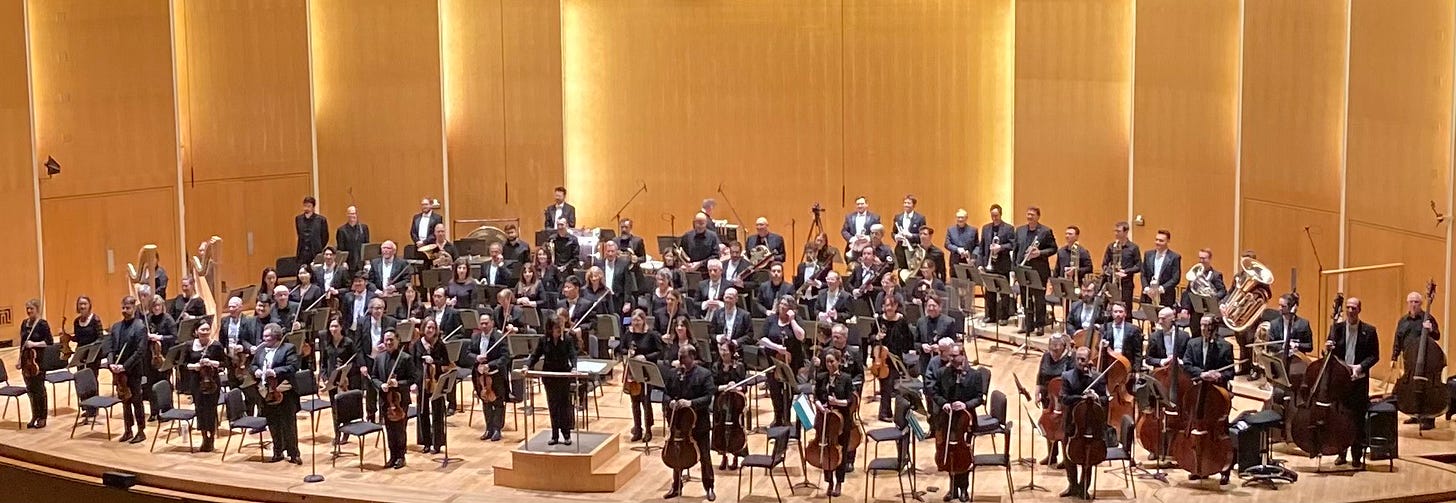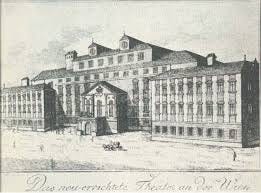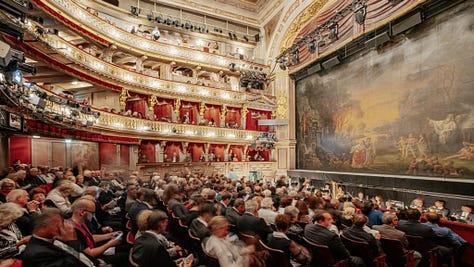EDITOR’S NOTE: “This Week At Media Room” will be published tomorrow.
The Buffalo Philharmonic closes its 2024-25 Season Sunday afternoon (June 8, 2025) with a performance of its “Beethoven & Strauss” program.

On Saturday night, Pianist Kenny Broberg performed Beethoven’s Piano Concerto Number 3, followed by Richard Strauss’ tone poem “Ein Heldenleben” chronicling his existential battle with the music critics of his day.
The season began with Joshua Bell on September 28, 2024. You can read my review of the season opener here and see Kirsten Anderson’s photo essay here.
A remarkable season ended as it began, with a flurry of violin virtuosity — this time from Concertmaster Nikki Chooi — and raucous applause.
Beethoven’s Third Piano Concerto
Written in stages between 1800 and 1803, Beethoven’s Piano Concerto No.3 in C minor was inspired by Mozart’s Piano Concerto No. 24, K. 491 in C minor which had just been published in Vienna.



Beethoven picked up and left the composition several times, completing it just as the musicians were arriving for rehearsal at Vienna’s Theater An Der Wein (above) where he had just been named House Composer.
As Beethoven planned to perform the debut, he didn’t bother to write out the piano part until sometime later (just as Mozart had done in K.491). The conductor, Ignaz Ritter von Seyfried, was recruited as Beethoven's page-turner. He said:
[Page-turning} was easier said than done. I saw almost nothing but empty leaves; at the most on one page or the other a few Egyptian hieroglyphs wholly unintelligible to me scribbled down to serve as clues for him . . . [Beethoven] gave me a secret glance whenever he was at the end of one of the invisible passages and my scarcely concealable anxiety not to miss the decisive moment amused him greatly and he laughed heartily at the jovial supper which we ate afterwards.

Piano Concerto No. 3 was written after Beethoven overcame a debilitating period of depression during which he contemplated suicide, as described in his Heiligenstadt Testament.
This is Beethoven’s darkest piano concerto. While it contains some demanding cadenzas it is a true dialogue with the orchestra, which I believe represents fate’s swirling forces.
Keep reading with a 7-day free trial
Subscribe to Media Room - The Arts in Real Life to keep reading this post and get 7 days of free access to the full post archives.



